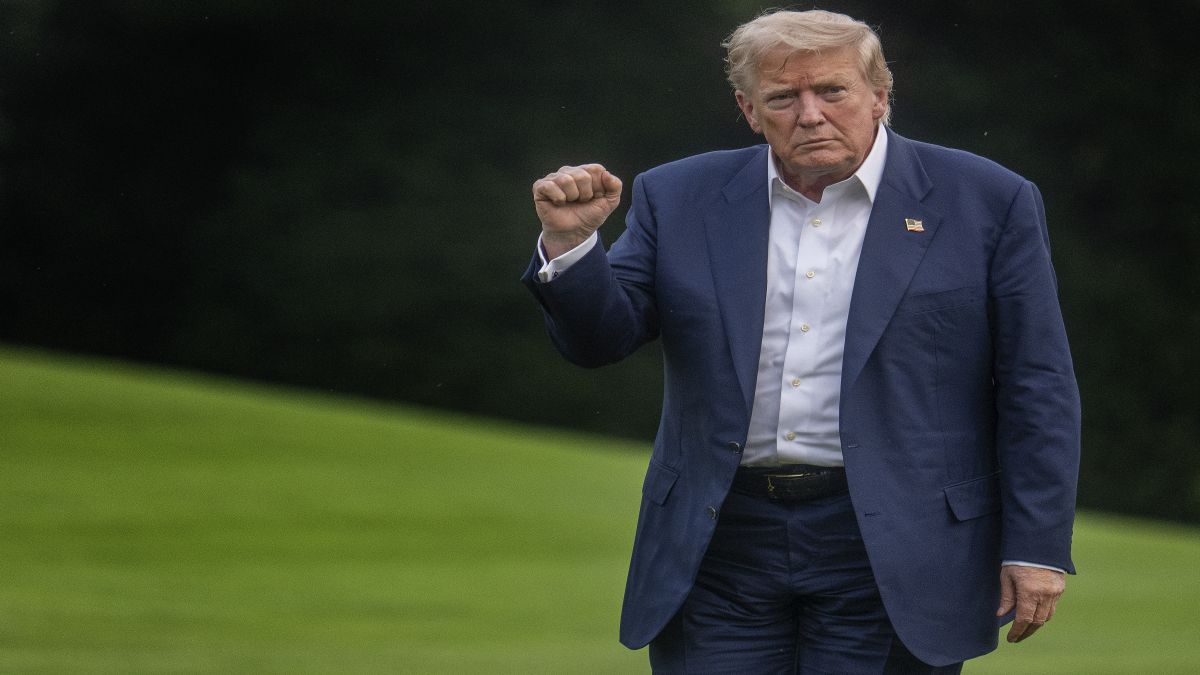

Recent developments in US foreign policy have sparked debate about whether President Trump is shifting his allegiances in South Asia, seemingly embracing Pakistan while simultaneously creating friction with India. This shift is characterized by a confluence of trade deals, diplomatic gestures, and Trump's own pronouncements, leading some to believe that a significant recalibration is underway.
One of the most concrete indicators of this shift is the recently concluded trade agreement between the US and Pakistan, focused on developing Pakistan's untapped oil reserves and lowering tariffs. President Trump himself touted the deal, even suggesting that Pakistan might one day sell oil to India. This announcement coincided with the imposition of a 25% tariff on Indian goods, a move that has been viewed in New Delhi as a punitive measure. These tariffs, coupled with Trump's remarks about the Indian economy being "dead," have further strained relations between the two countries.
Adding to the perception of a shift is the diplomatic engagement between the US and Pakistan. Pakistani Army Chief Asim Munir's visit to the White House in June 2025 signaled a potential warming of relations, a stark contrast to the previous administration's stance. Moreover, Trump has repeatedly claimed to have brokered a ceasefire between India and Pakistan in May 2025, even suggesting that he used trade as leverage to achieve this. While India has denied any US mediation, Trump's assertions have been interpreted as a deliberate attempt to insert the US into the India-Pakistan dynamic.
Several factors may be driving this apparent shift in US policy. Firstly, Pakistan's strategic location, bordering Iran, Afghanistan, and Central Asia, makes it a valuable partner for intelligence and counterterrorism operations. Secondly, Pakistan possesses significant reserves of critical minerals, technology, and agriculture, which are of interest to the US. By engaging with Pakistan, the US could potentially diversify its supply chains and gain access to these resources. Thirdly, some analysts believe that Trump is using the prospect of closer ties with Pakistan as leverage to extract concessions from India on trade, defense procurement, and its relationship with Russia.
However, it is crucial to consider the broader context of US-India relations. The US and India share a "comprehensive global strategic partnership" anchored in shared interests, democratic values, and strong people-to-people ties. This partnership has deepened over the past decades, with cooperation spanning defense, technology, trade, and other areas. The US has welcomed India's rise as a major power and sees it as a key partner in countering China's growing influence in the Indo-Pacific region.
Therefore, it would be an oversimplification to view Trump's outreach to Pakistan as a complete abandonment of India. The US-India relationship is underpinned by long-term strategic interests that are difficult to replicate with Pakistan. Instead, Trump's actions may be aimed at rebalancing the relationship or leveraging it to achieve specific goals.
Nevertheless, the recent developments have raised concerns in India. The imposition of tariffs, coupled with Trump's rhetoric and closer ties with Pakistan, has fueled anti-US sentiments and prompted some to question the reliability of the US as a partner. Some analysts suggest that India may begin to recalibrate its foreign policy, potentially seeking closer ties with China as a counterweight to the US.
In conclusion, while it is premature to declare a complete shift in US policy, there are clear signs that President Trump is seeking to re-engage with Pakistan, driven by economic and strategic considerations. This has created friction with India, which views the developments with concern. Whether this is a tactical maneuver or a more fundamental shift remains to be seen, but it is clear that the dynamics of US relations with India and Pakistan are evolving in a complex and potentially consequential manner.